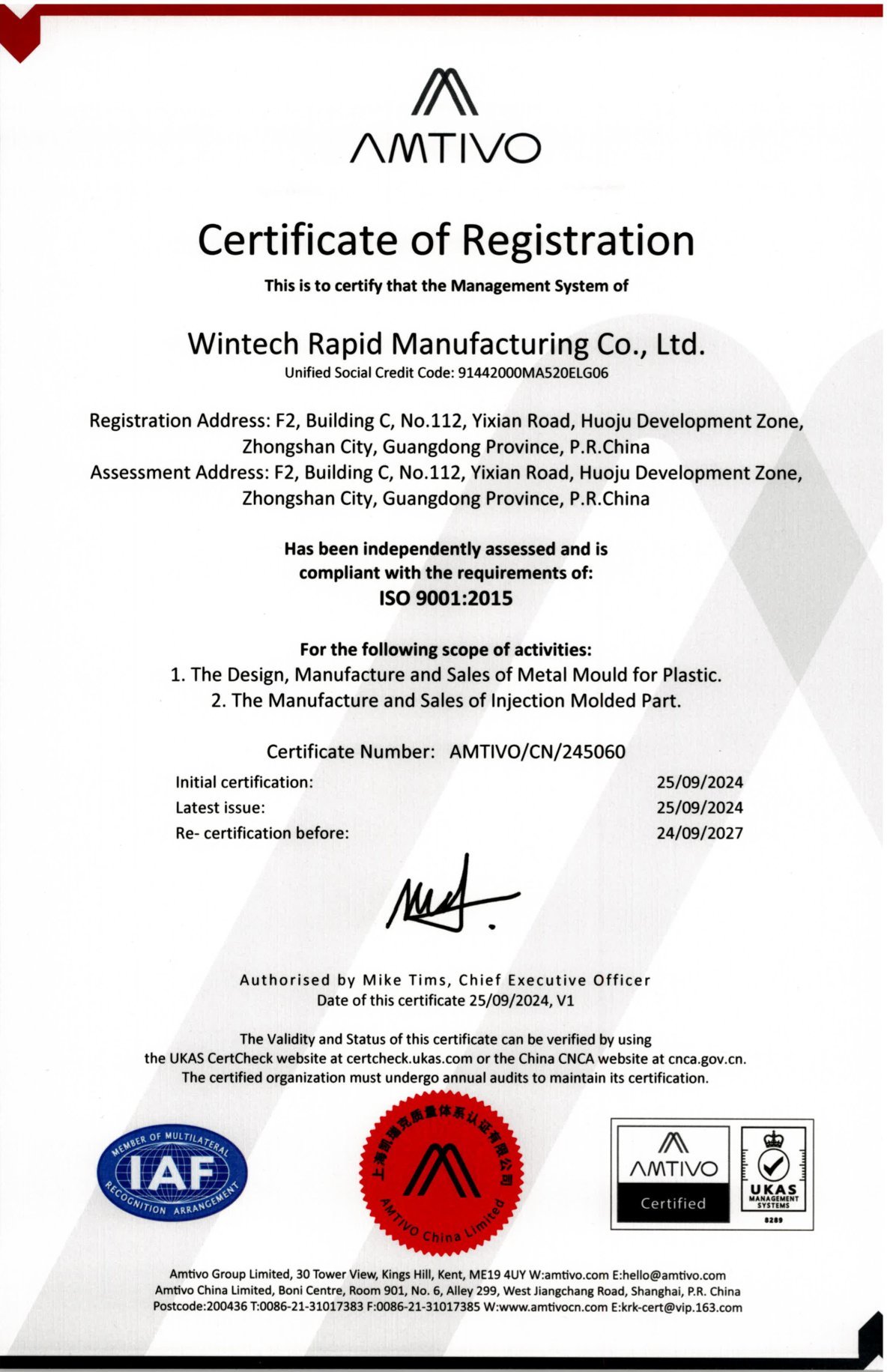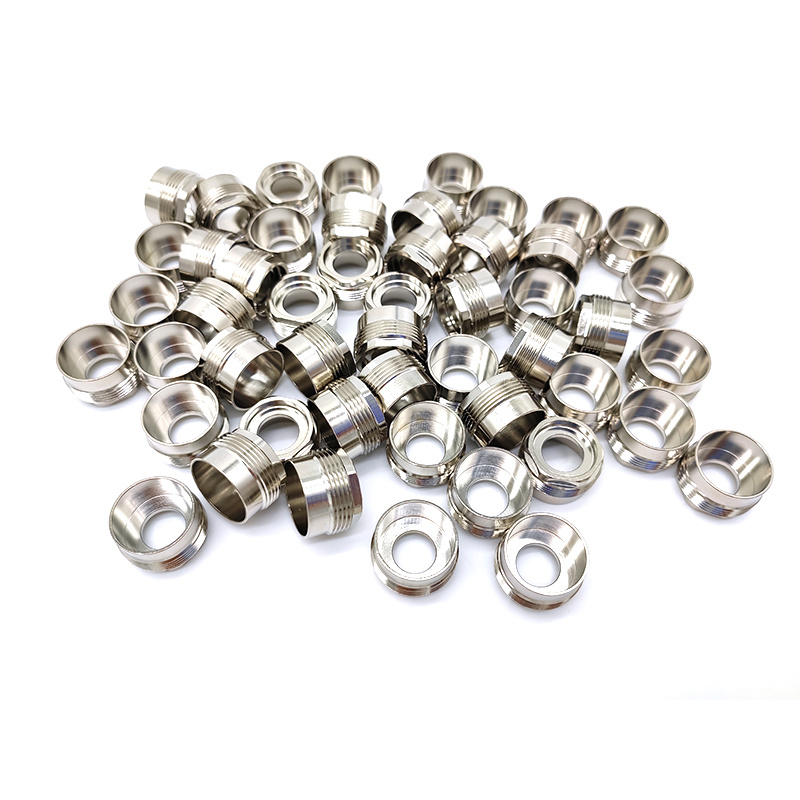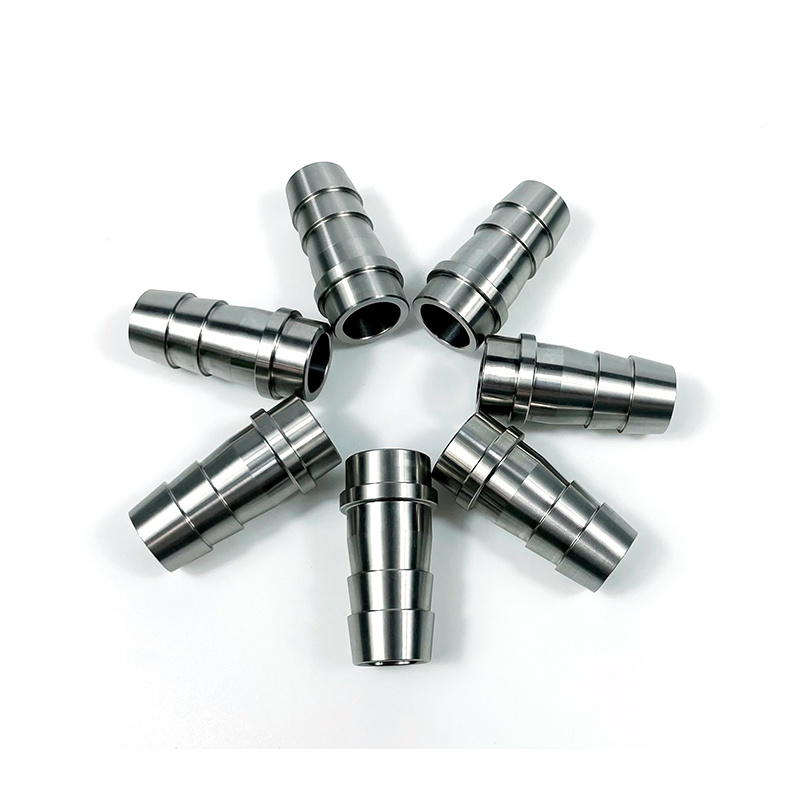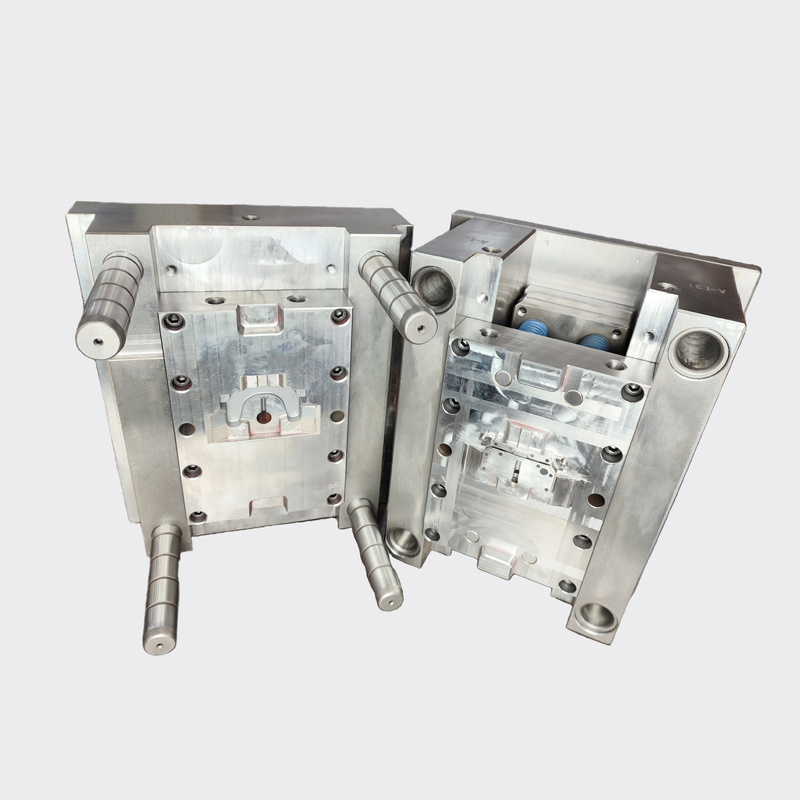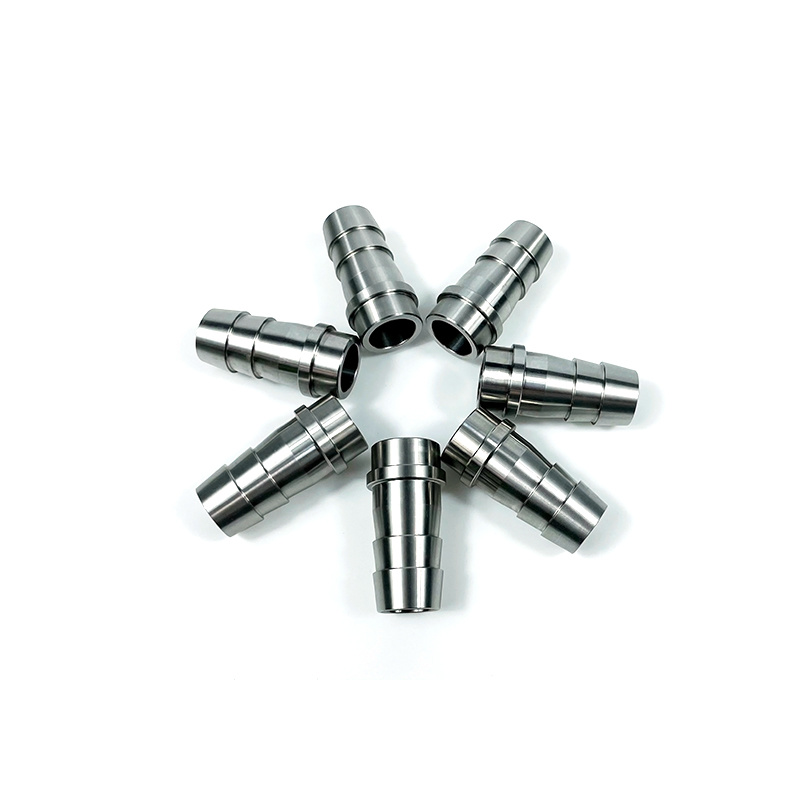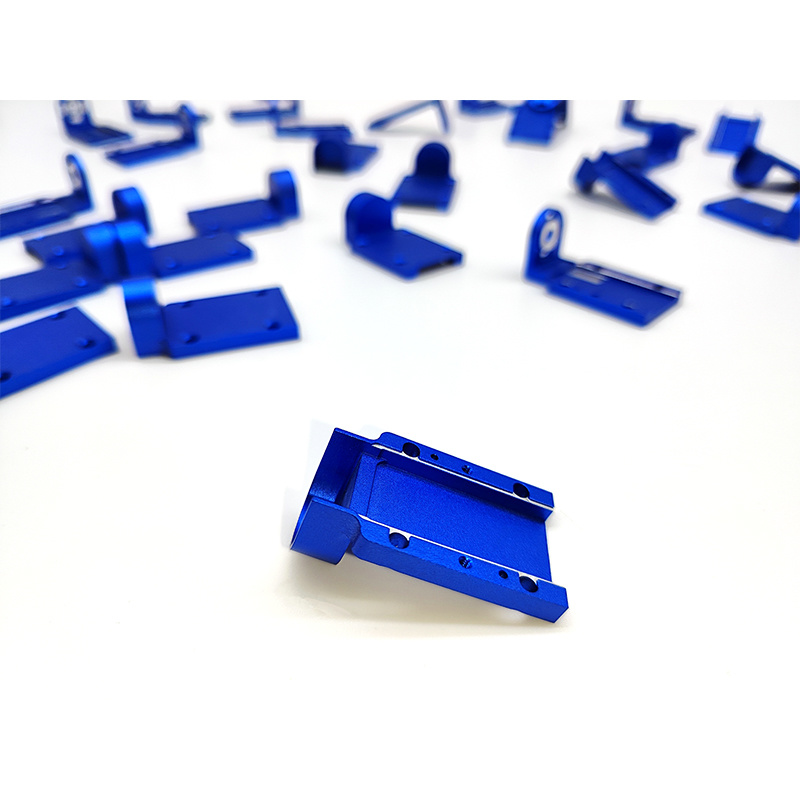What Are the Materials Used in Cheap Rapid Prototyping CNC Machining Products
Time:
2024-11-07 16:50
Source:
In cheap rapid prototyping CNC machining, selecting the right material is critical for balancing cost, performance, and functionality. Different materials offer unique advantages depending on the application, and understanding these can help businesses make informed decisions during the prototyping phase. Here, we explore some of the most commonly used materials for CNC prototyping: aluminum, plastics, steel, and stainless steel.
1. Aluminum
Aluminum is one of the most popular choices for rapid prototyping due to its excellent machinability, lightweight nature, and affordable cost. It is often used for prototypes requiring good strength-to-weight ratios, such as in the automotive, aerospace, and consumer electronics industries. Its thermal conductivity and corrosion resistance make it a versatile material for functional prototypes.
2. Plastics
Plastics, such as ABS (Acrylonitrile Butadiene Styrene) and POM (Polyoxymethylene), are widely used in Rapid Prototyping CNC Machining Products due to their ease of machining and cost-effectiveness. They are suitable for creating prototypes of consumer products, housings, and ergonomic parts. Plastics offer great flexibility and impact resistance, though they may not be as durable as metals under high-stress conditions.
3. Steel
Steel is often chosen for structural prototypes that require higher strength and durability. Though steel is more expensive and harder to machine than aluminum or plastic, it offers better wear resistance and is ideal for parts exposed to heavy loads or friction. Carbon steel is commonly used for mechanical parts, while tool steels are used in applications requiring high hardness.
4. Stainless Steel
Stainless steel combines high corrosion resistance, strength, and aesthetic appeal. While it is more costly than aluminum, stainless steel is often selected for prototypes in industries like medical devices, food processing, and high-end consumer products. Its biocompatibility makes it an ideal choice for prototypes that must meet strict health and safety standards.
5. Choosing the Right Material
The choice of material for cheap Rapid Prototyping CNC Machining products depends on the product's requirements, such as strength, durability, and aesthetic needs. Aluminum and plastics are ideal for cost-effective prototypes, while steel and stainless steel are better suited for functional parts requiring strength and durability. By considering the specific demands of each project, businesses can achieve an optimal balance of cost and performance while ensuring the prototype meets its intended purpose.
Understanding the strengths and weaknesses of each material type ensures that manufacturers can select the right material for their Cheap Rapid Prototyping CNC Machining needs, optimizing both budget and product performance.
Cheap rapid prototyping CNC machining,Rapid CNC machining,Suppliers china
Related news
2024-11-15
2025-08-26




